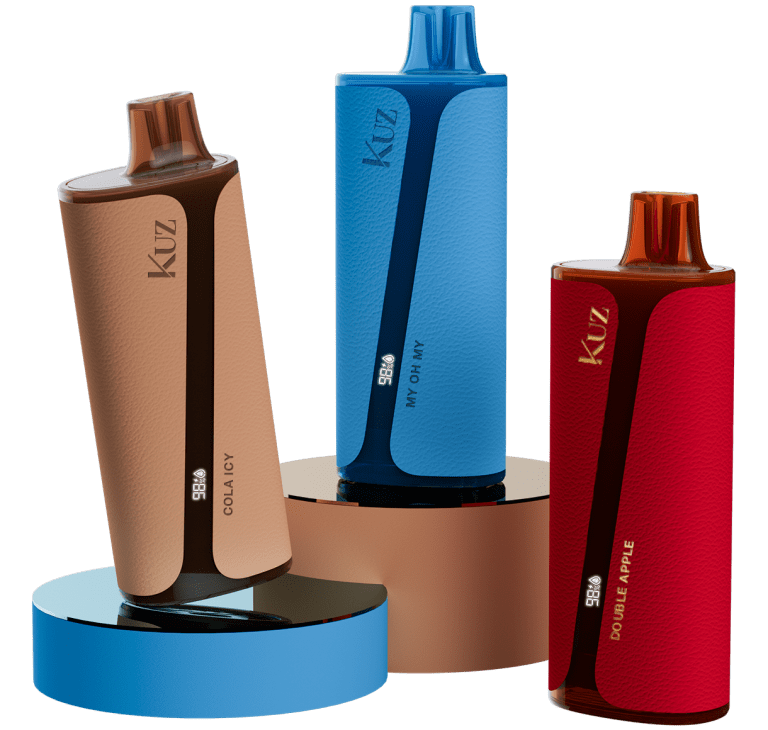Vaping has become an increasingly popular alternative to smoking, with enthusiasts constantly exploring new ways to enhance their experience. One method that has garnered attention is nasal vaping—exhaling vapor through the nose. While this technique may seem intriguing, it’s essential to understand both the benefits and potential health risks associated with it.
Why Do People Vape Through Their Nose?
Nasal vaping, often referred to as “retrohaling,” involves exhaling vapor through the nose rather than the mouth. This method is commonly used by vapers seeking a more intense flavor experience. The olfactory senses in your nasal passages are more sensitive than your taste buds, allowing you to perceive the flavors in e-liquids more vividly. This heightened flavor sensation is one reason some vapers prefer exhaling through their nose, especially when enjoying complex or subtle e-liquid flavors.
Health Implications of Nasal Vaping
Despite the enhanced flavor, exhaling vapor through the nose can have several adverse effects on your health, particularly concerning your nasal passages:
- Dryness and Irritation: Vaping through your nose can lead to significant dryness in your nasal passages. This is primarily due to the propylene glycol (PG) present in most e-liquids. PG is known for its dehydrating properties, which can absorb moisture from the sensitive skin inside your nostrils. Over time, this dryness can cause irritation, discomfort, and an increased risk of nosebleeds.
- Nosebleeds: Persistent dryness and irritation from nasal vaping can lead to nosebleeds. Regular exposure to the hot vapor, combined with the drying effects of PG, can make the blood vessels in your nose more fragile and prone to bleeding. If you frequently experience nosebleeds after vaping, it may be a sign that your nasal passages are becoming damaged, and you should consider altering your vaping habits.
- Inflammation and Long-Term Risks: Research indicates that nasal vaping may cause inflammation in the nasal passages, which could have long-term health implications. A study from NYU Langone found increased levels of inflammatory compounds in the nasal passages of vapers compared to those who smoke traditional cigarettes. This inflammation could potentially lead to more severe respiratory issues over time, although more research is needed to understand the full extent of these risks.
- Potential for Increased Respiratory Issues: Exhaling vapor through the nose might expose the nasal passages and sinuses to harmful particles that would otherwise be expelled through the mouth. Over time, this could contribute to a higher risk of respiratory issues, similar to those observed in smokers. For instance, diseases like chronic sinusitis or even nasal cancers could be exacerbated by the practice, though more studies are required to establish a definitive link.
Is Nasal Vaping Worth the Risk?
While the prospect of enhanced flavor might be tempting, the health risks associated with nasal vaping should not be overlooked. If you’re considering this method, it’s crucial to weigh the potential benefits against the possible damage to your nasal passages and overall respiratory health.
For vapers who enjoy intense flavors but want to minimize health risks, there are alternative techniques. Mouth-to-lung (MTL) vaping, for example, allows you to savor the e-liquid flavors without the need to exhale through your nose. This method is particularly suitable for those who are concerned about the dryness and irritation caused by nasal vaping.
Conclusion
Vaping through your nose may offer a unique flavor experience, but it comes with significant health risks. From dryness and irritation to potential long-term respiratory issues, the dangers of nasal vaping should not be taken lightly. Vapers should consider safer alternatives to enjoy their e-liquids without compromising their health. If you experience any adverse effects from nasal vaping, it is advisable to stop immediately and consult a healthcare professional.
By understanding the implications of nasal vaping, you can make informed decisions that protect your health while still enjoying the vaping experience. Remember, the primary goal of vaping is to reduce harm compared to smoking—not to introduce new risks.



